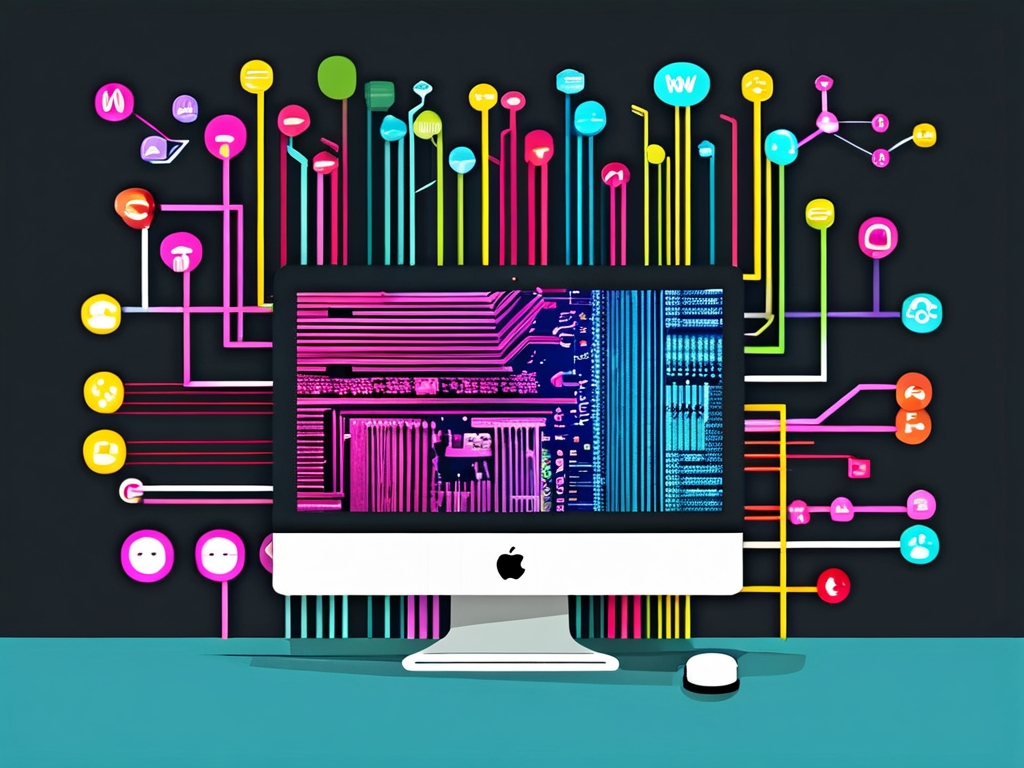Computer networking forms the backbone of modern digital communication, and understanding its principles is essential for students pursuing degrees in computer science, information technology, or related fields. A university textbook on the Foundations of Computer Networking serves as a critical resource to equip learners with theoretical knowledge and practical skills. This article explores the core concepts typically covered in such textbooks, their relevance to academic and professional growth, and how they prepare students for real-world challenges.
1. to Computer Networks
A foundational chapter in any networking textbook begins with defining what a computer network is: a system of interconnected devices that communicate via standardized protocols to share resources and data. Students learn about the evolution of networks—from early ARPANET to today’s global internet—and the role of networking in enabling technologies like cloud computing, IoT, and streaming services. Key terms such as nodes, links, routers, and switches are introduced, along with the distinction between Local Area Networks (LANs) and Wide Area Networks (WANs).
2. Network Models and Architectures
Textbooks delve into the layered architecture of networks, emphasizing the OSI (Open Systems Interconnection) and TCP/IP models. The OSI model’s seven layers—Physical, Data Link, Network, Transport, Session, Presentation, and Application—are explained in detail, highlighting their functions. For instance, the Transport layer ensures end-to-end communication (e.g., TCP and UDP), while the Network layer handles routing (e.g., IP addressing). The simplified TCP/IP model (Link, Internet, Transport, Application) is often contrasted with OSI to help students grasp practical implementations.
3. Data Transmission and Media
This section covers how data travels across networks. Topics include:
- Transmission mediums: Copper cables (twisted pair, coaxial), fiber optics, and wireless technologies (Wi-Fi, Bluetooth).
- Signal types: Analog vs. digital signals, modulation techniques, and bandwidth.
- Error detection and correction: Parity checks, CRC (Cyclic Redundancy Check), and checksums.
Students also learn about multiplexing (TDM, FDM) and the challenges of noise and attenuation.
4. Network Protocols and Standards
Protocols are the rules governing network communication. Textbooks explain critical protocols such as:
- HTTP/HTTPS: For web browsing.
- SMTP/POP/IMAP: For email services.
- DNS: Translating domain names to IP addresses.
- DHCP: Assigning dynamic IP addresses.
Standards organizations like IEEE (Ethernet standards), IETF (internet protocols), and ITU are discussed to emphasize the collaborative nature of networking technologies.
5. Network Security Fundamentals
With cyber threats on the rise, security is a cornerstone of modern networking education. Chapters address:
- Encryption: Symmetric (AES) vs. asymmetric (RSA) keys.
- Firewalls and IDS/IPS: Protecting networks from unauthorized access.
- Authentication protocols: OAuth, RADIUS.
- Common attacks: DDoS, phishing, and man-in-the-middle attacks.
Case studies, such as the 2017 WannaCry ransomware attack, illustrate the real-world impact of security vulnerabilities.
6. IP Addressing and Subnetting
A practical section teaches students to design and manage IP addresses. Concepts include:
- IPv4 vs. IPv6: Addressing the exhaustion of IPv4 addresses.
- Subnet masks and CIDR notation: Dividing networks into subnets.
- NAT (Network Address Translation): Allowing multiple devices to share a public IP.
Exercises often involve calculating subnets or converting binary IP addresses to decimal form.
7. Wireless and Mobile Networks
Modern textbooks dedicate chapters to wireless technologies, covering:

- Wi-Fi standards (802.11a/b/g/n/ac/ax).
- Cellular networks (4G LTE, 5G).
- Challenges like signal interference, mobility management, and handoff procedures.
The rise of IoT devices and their reliance on low-power protocols (e.g., Zigbee, LoRaWAN) is also explored.
8. Network Management and Troubleshooting
Students learn to monitor and maintain networks using tools like:
- Ping and Traceroute: Testing connectivity.
- Wireshark: Analyzing packet traffic.
- SNMP (Simple Network Management Protocol): Managing network devices.
Troubleshooting methodologies, such as isolating layer-specific issues, are emphasized through lab assignments.
9. Emerging Trends and Future Directions
Textbooks conclude with forward-looking topics:
- Software-Defined Networking (SDN): Decoupling control and data planes for flexible network management.
- Edge Computing: Reducing latency by processing data closer to the source.
- Quantum Networking: Exploring secure communication using quantum entanglement.
10. Pedagogical Features of a University Textbook
A well-structured textbook includes:
- Chapter summaries and glossaries: Reinforcing key terms.
- Lab exercises: Configuring routers, setting up VPNs, or simulating networks using tools like Cisco Packet Tracer.
- Case studies and review questions: Encouraging critical thinking.
Many books also offer online resources, such as video lectures or interactive quizzes.
A university textbook on computer networking provides more than just technical knowledge—it fosters problem-solving skills and prepares students for certifications like CCNA or CompTIA Network+. By blending theory with hands-on practice, these resources empower the next generation of network engineers to build, secure, and innovate the digital infrastructures of tomorrow.






